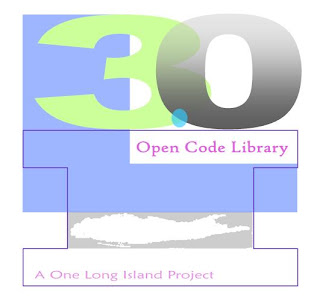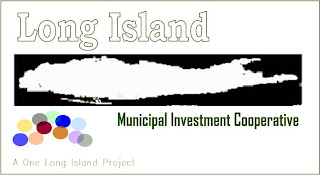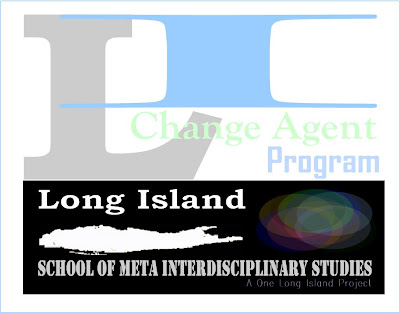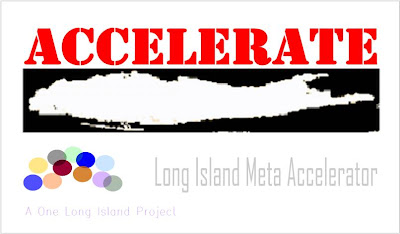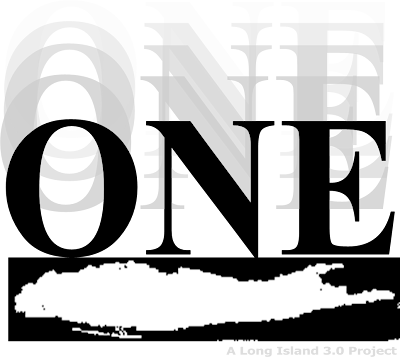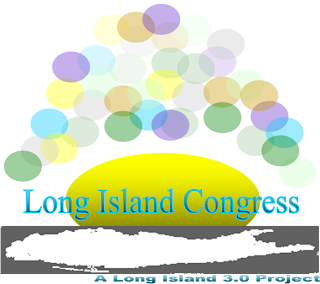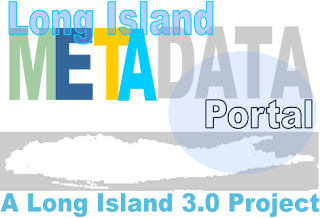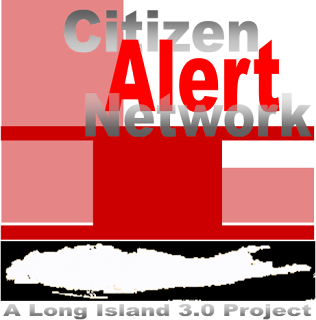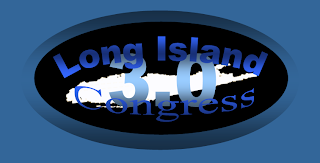This bill, which has bipartisan support, would help streamline government responsibilities.
Be careful what you wish for, lawmakers, the voters might be best served by eliminating you.
New York has 10,000 layers of government imposing taxes and fees.
That includes water, sewer and lighting districts.
Lighting districts? If something isn’t done soon, there won’t be any lights left to turn on.
My response:
You have identified a key point. Currently there is no adequate method of assessing the quality of services and the cost of similar services. In fact as Mr. Cuomo has said, he is not even 100% sure how many taxing jurisdictions there are.
That is unacceptable. How can you know how to solve a problem unless you have identified the problem in detail and explored all viable options? This not the fault of Mr. Cuomo who I’m sure is doing the best he can within the existing structure, but it is a problem that needs to be addressed so that the public can feel reasonably secure that the changes being considered are viable and well thought out and that all informed opinions are heard (most importantly the public) on a level playing field. This is because, in part, we have data and methods of analysis that are disjointed and not “normalized” on Long Island and New York generally. Also the information is generally if not always presented in a “static format” rather than a “dynamic format” making it difficult to compare and analyze the different options and to react to sudden changes in the “decision making environment.” Consolidation is one method for change. “Dynamic collaboration” is another (explained here http://www.onelongisland.com) with some proposals on how to construct this new “dynamic environment.”





